Future Floating Cities


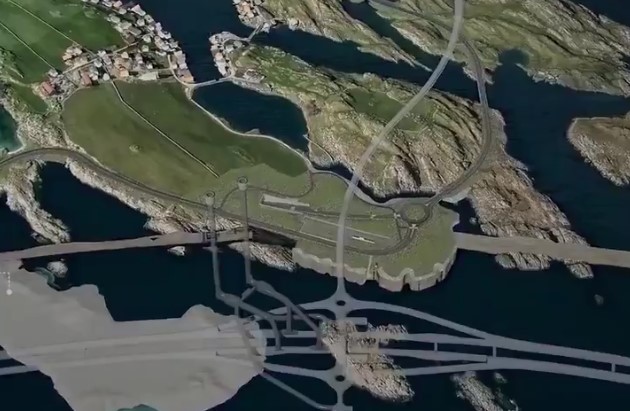
Norway is building a floating underwater road tunnel – the longest and deepest sub-sea road tunnel in the world.@wef#Norway #tech #innovation #construction #architecture pic.twitter.com/e9XAX9lAWV
— CIS (UK) Ltd (@CISGroupUK) May 27, 2018
(Video, header image courtesy World Economic Forum.)

Header photo: Photo by Jeremy Bishop on Unsplash

A detailed look at Cuba’s ‘offline internet:” the weekly assembly, organisation, and distribution of ‘El Paquete Semenal‘.
(Courtesy Boing Boing)
Previously on The Bubble:
DIY Inventions from Cuba: Necessity Is A Mother
and
Your Weekly Internet
Photo by Alexander Kunze on Unsplash
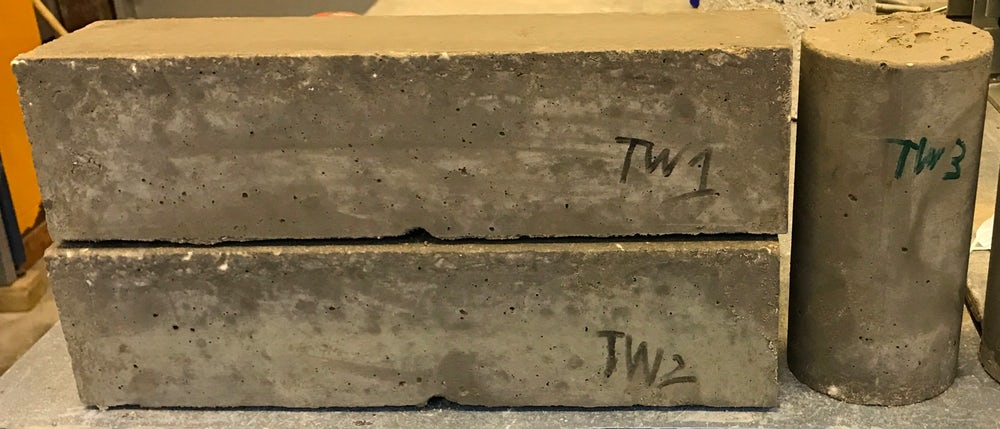
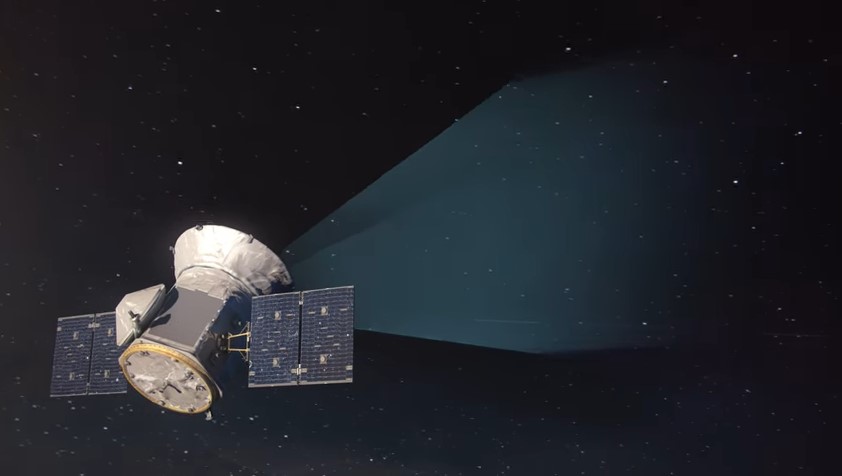
NASA launches TESS, to follow up KEPLER’s work:
If a planet-hunting spacecraft sounds familiar, it’s likely because of the rich diversity of worlds found so far by NASA’s venerable Kepler space probe. Since 2009, Kepler has been harvesting planets from the cosmos, spying the footprints of these alien worlds in distant starlight. Kepler alone can claim more than 2,600 discoveries, some of which could be rocky planets quite similar to Earth.
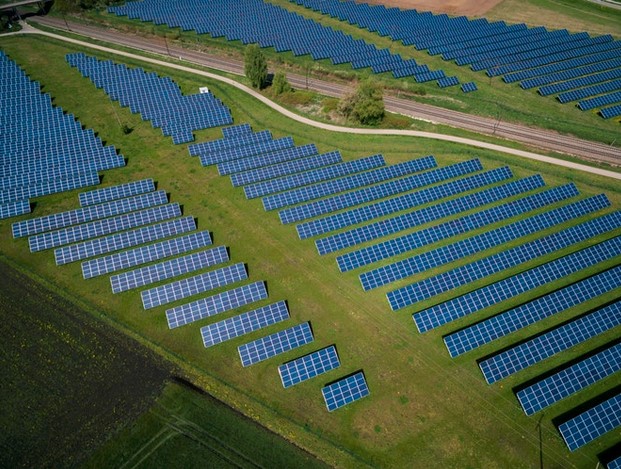
Step aside, Cyberpunk, Steampunk: here comes Solarpunk.
Solarpunk intends to wrench science fiction from both Steampunk’s magical tech fantasies and Cyberpunk’s tech-gone-wrong. If the energy substrate of the Steam era was coal, and that of the Cyber era was oil, Solarpunk foreshadows and aims to anticipate environmental catastrophe by skipping to solar. As Solarpunk manifesto-writer Adam Flynn writes, if “steampunk is ‘here’s yesterday’s future that we wish we had,’” and “cyberpunk was ‘here is this future that we see coming and we don’t like it,’” then “Solarpunk might be ‘here’s a future that we can want and we might actually be able to get.’”
Thx BruceS/Wired; header photo by Andreas Gücklhorn on Unsplash

These efforts have been around for thousands, if not tens of thousands, of years. Wow.
We (Gunditjmara) were some of the first civil engineers in Australia with farmed eels. Traps have been carbon dated back to 6600, but our connect there goes back further that 30,000 years. The sites are about to be world heritage listed. pic.twitter.com/CU2Sf6Ov6t
— Meriki
(@IndigenousX) April 12, 2018
Rather than living passively off whatever nature provided, the Gunditjmara actively and deliberately manipulated local water flows and ecologies to engineer a landscape focused on increasing the availability and reliability of eels.
Manipulation of the landscape involved stone structures (such as traps and channels) dating back at least 6,600 years. Eel aquaculture facilities (ponds and dam walls) pre-date contact with Europeans by many hundreds (and possibly thousands) of years.
As Lourandos pointed out more than three decades ago, and Bruce Pascoe reveals in his recent award-winning book Dark Emu, differences between hunter gatherers and cultivators, and foragers and farmers, are far more complex and blurred than we once thought.
And there’s much, much more to explore and celebrate:
Courtesy ‘Merki’ this week on Twitter’s ‘IndigenousX‘ rotating account. (Follow!)

Norway, flush with oil money, is aware the boom won’t last. And one of the biggest fossil fuel C02 footprints? Commercial aircraft. So this is welcome research.

A lovely summary from BoingBoing:
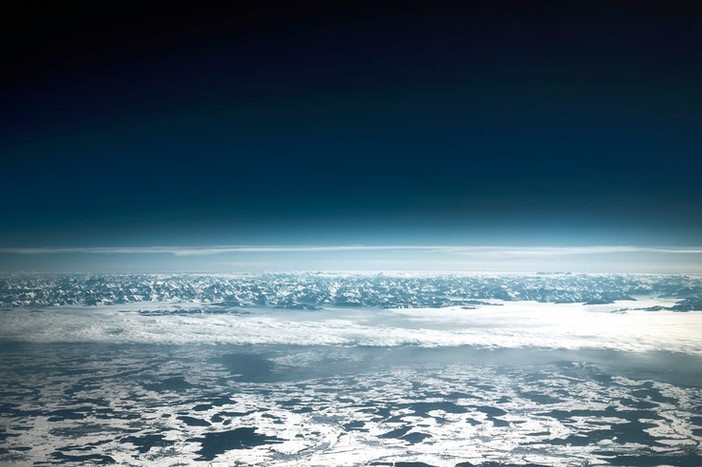
It sounds like the stuff of science fiction: the creation, using balloons or jets, of a manmade atmospheric sunshade to shield the most vulnerable countries in the global south against the worst effects of global warming.
But amid mounting interest in “solar geoengineering” – not least among western universities – a group of scientists from developing countries has issued a forceful call to have a greater say in the direction of research into climate change, arguing that their countries are the ones with most at stake.
Header photo by Artur Dyadchenko on Unsplash